
A glass bowl, a little water and a single voice were the simple tools that kick-started the world's first underwater band.
One day in 2004, Laila Skovmand raised a bowl full of water to her lips in her kitchen in Denmark and began to sing into the water's surface. Gradually, she totally submerged her entire mouth into the water, experimenting with the different sounds she could make.
Years passed and the experiments continued. One time, Skovmand covered a large box with plastic, took a microphone, covered it with a condom and tried to sing completely submerged in water. This is how Aquasonic, the world's first underwater concert was born.
Skovand became the composer and artistic director of Aquasonic, as well as one of the performers, and with four others, she developed a new world of underwater music. Robert Karlsson is one of the band's co-founders and is himself a performer. He told HuffPost Australia about the underwater world that is Aquasonic.
"It's similar [to] the roles of other bands, but with an underwater touch," Karlsson said.
"We think that water is something we have in common -- all humankind and life has something in relation to water and ... we think this concert can speak beyond culture and beyond religion and beyond 'you' and 'us' and 'they' and the separation that we so often hear.
"Also maybe subconsciously, we all have reminiscence through water since we are hearing for the first nine months in our mother's womb through the water filter, so the first sounds we probably registered were through water."
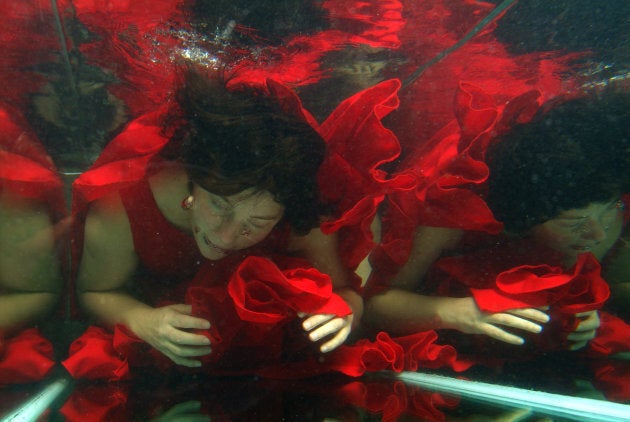
Aquasonic now has over an hours-worth of music, but getting to this stage was a long process of research, practice and perfectionism. Once the group was formed in 2009, an intense research process began where they met with instrument designers and scientists from all over the world to achieve their underwater dream.
"The first few years was a lot of research, finding out what people had done before and what their experience was and then eventually we found out that we need to build instruments because the existing instruments didn't really work so well," Karlsson said.
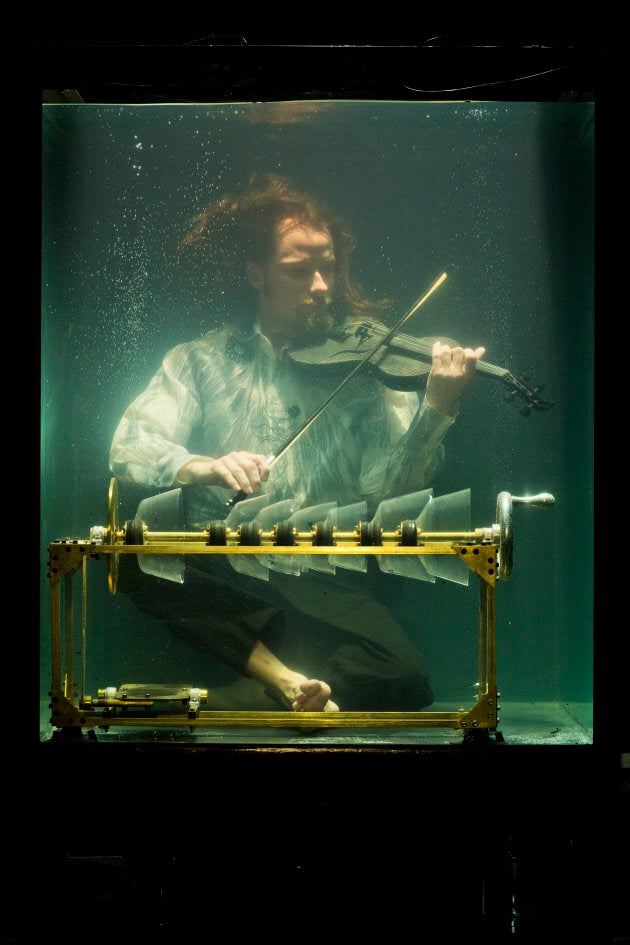
But researching the instruments was just the beginning. Karlsson said that performing in water comes with a whole range of environmental challenges that simply don't exist when performing on land.
Karlsson said that in the early days of practice, the group couldn't understand why the instruments sounded vastly different from day to day.
"The acoustics in water are very, very different, so if I take an instrument and take it here and then just move it 10 centimetres it will sound very different."
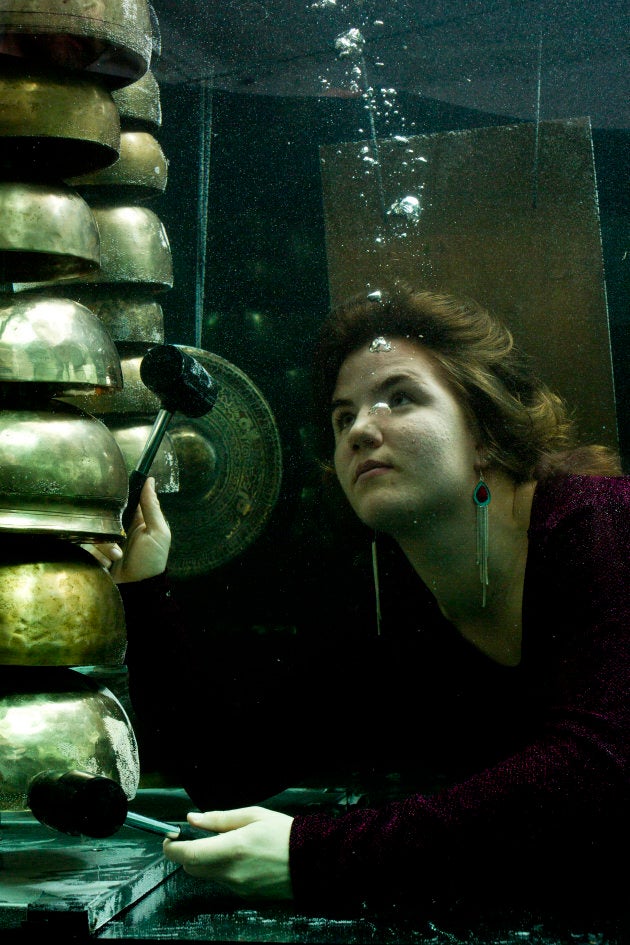
"So the tanks are actually like an instrument body, so we had to measure out exactly where to place every instrument in the tank to get it to sound how we want it to sound.
"It is so much about where you place it [the instrument], exactly where you hit it, where you place the microphone and the temperature of the water also has an effect on the sound, so just two degrees too hot and you can hear it and the instruments will sound bad."
The water in the performance tanks is kept at between 34-37 degrees so both the performers and the instruments are comfortable.
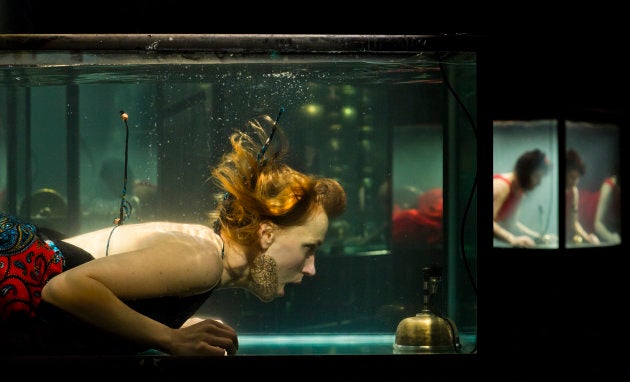
Speaking of comfort, how exactly does Aquasonic manage to breathe when performing? Well, breathing time is actually included in each composition and how often each member breathes depends on how physical their role is.
"It's different depending on how physically active you are. So if you are calm ... I think our longest [time underwater] is one minute 10 seconds, one minute and 15 seconds, but then of course when you play ... 30 seconds can be a long time, especially for the drummers. They are physically very active because you need to use so much force in the water so they need to come up and catch their breath more regularly."
Aquasonic will be performing in Sydney in January, however, travelling all the way to Australia with all their equipment is yet another challenge these artists face. In fact, because of the distance between Denmark and Australia they had to build another set of five performance tanks so they could be shipped and make it to Australia in time.
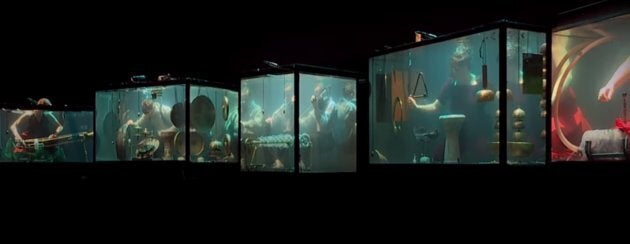
"We have these five big tanks and they are quite heavy ... regularly we have a big truck -- a 13 metre truck with all the instruments and tanks and because we are touring now in Europe we had to build a second set of tanks and that is already on the way in a container ship on the way to Sydney," Karlsson said.
Karlsson said that despite all the challenges, Aquasonic is united by all their hard work and persistence to continue to perform and invent new art.
"It is a very passionate group, we are five musicians and three technicians and we are a really great team and you get really long days with this because things tend to happen. It is still a fragile set up when you invent stuff like this. It is still technical and on the edge so things happen."
Aquasonic are playing at Sydney Festival from 6-9 January 2018. Tickets are available at www.sydneyfestival.org.au.